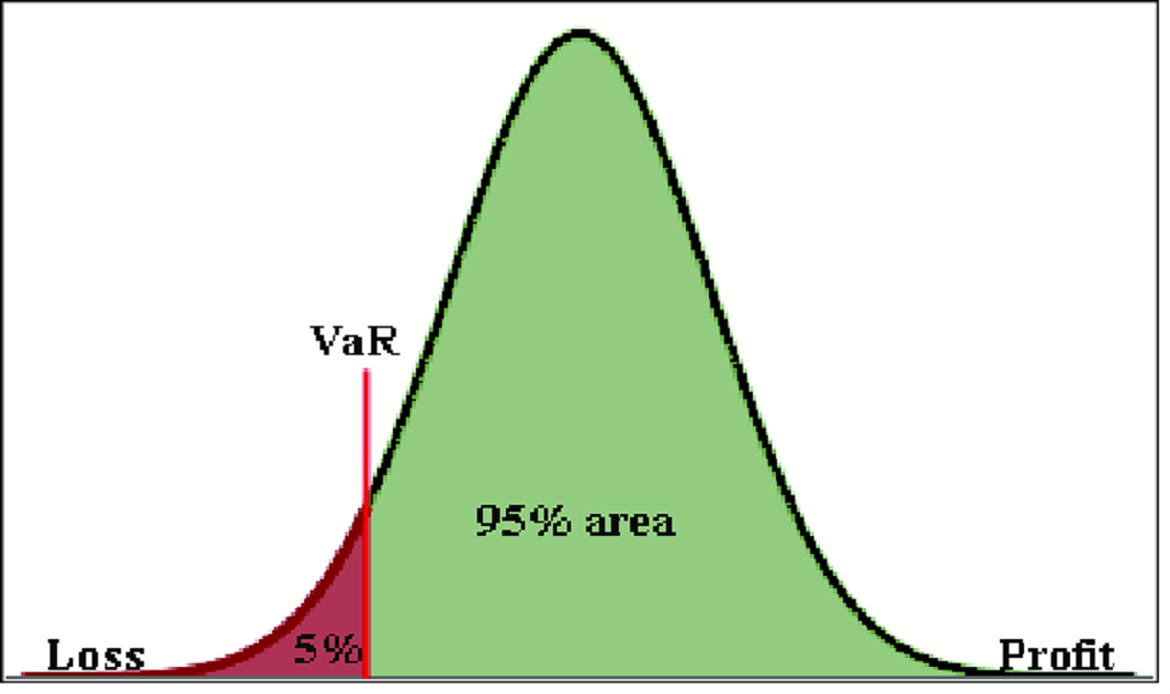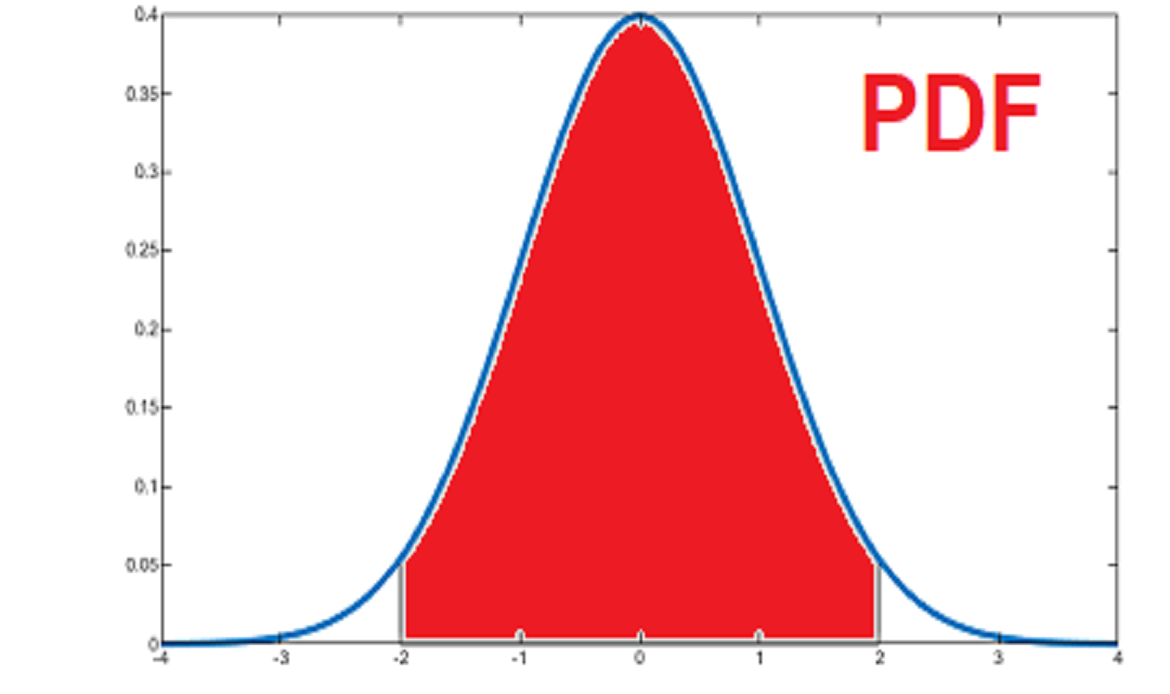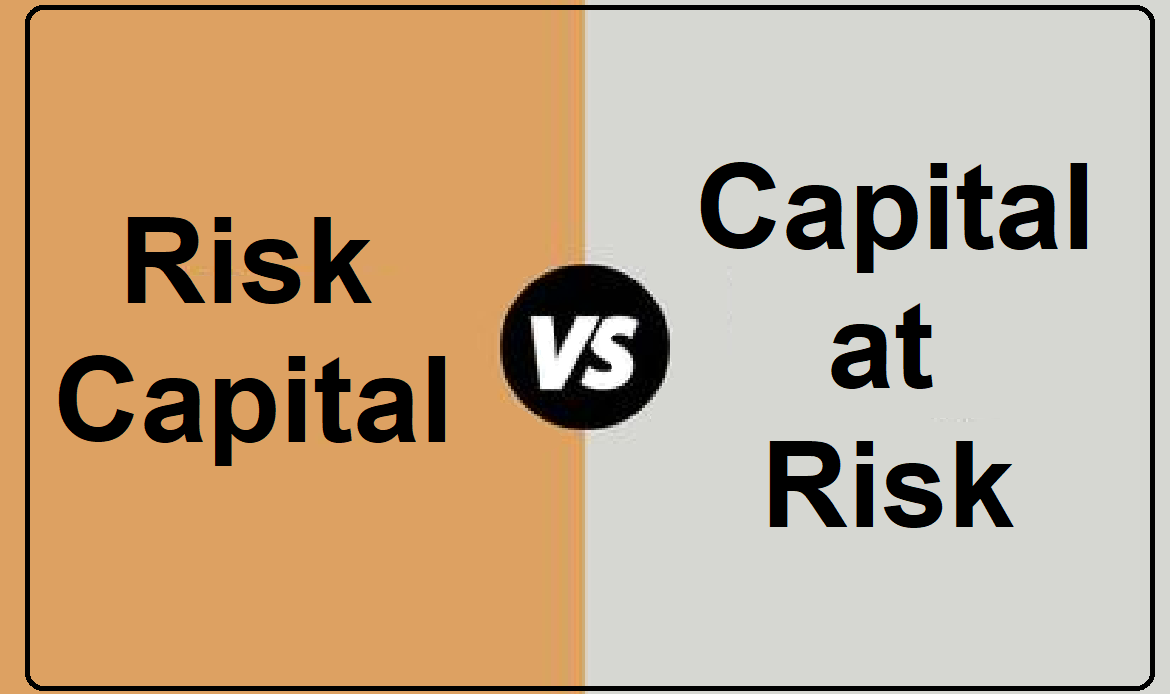Non-traded market risk is the risk (market risk) that affects the value of assets or liabilities outside the trading book (of an entity, e.g., a bank- banking book), or the risk that affects income due to changes in market prices such as interest rates, foreign exchange rates and equity prices, or from changes in managed rates. It constitutes the risk that the current or future exposure in the banking book (i.e. non-traded book) will negatively an entity’s capital and/ or income due to adverse movements in certain market variables such as interest rates, foreign exchange rates, equity prices, etc.
The main sources of non-traded market risk are interest rate risk (including gap risk, cross currency and tenor basis risks), credit spread risk, foreign exchange risk, equity risk and accounting volatility risk.






